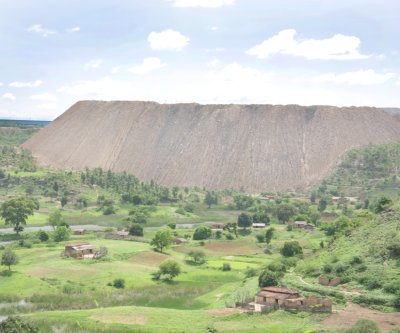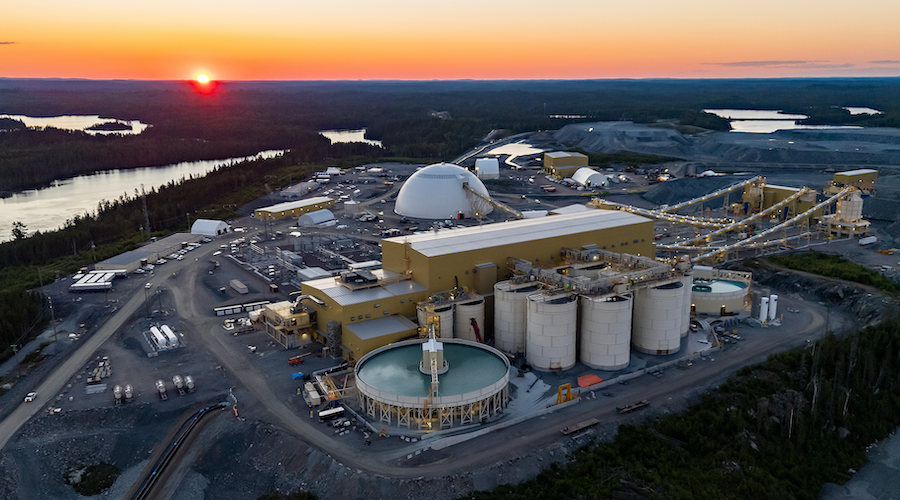India joins iron ore output surge

China already consumes more than two-thirds of the 1.2 billion seaborne trade, a proportion that continues to rise.
The price of iron ore, down nearly 50% this year, slid to a fresh 2009 low on Wednesday after worries about Chinese demand added to already negative sentiment on the back of a supply surge.
Top producer Vale plans to boost Brazilian output to 450 million tonnes by 2018 from 306 million last year while Rio Tinto is well on its way to reach 360 million tonnes in the next few years. BHP Billiton’ is on target to grow capacity to 290 million tonnes per year by mid-2017.
Now another source of cheap ore could enter the market.
India’s steel ministry today said that state owned mining company National Mineral Development Corp will raise output to over 75 million tonnes per annum by the 2018-2019 financial year. The target for 2020-2021 is more than 100 million tonnes per year.
That’s up from only 30 million in the current year. The production surge is required to push the sub-continent’s steel production rate to a long term target of 300 million tonnes by 2025.
That would require production of 500 million tonnes of iron ore annually.
While the increased output is designed to boost India’s domestic development, it may have knock on effects on the export market.
After all, a decade ago the emerging Karnataka-Goa trade with China laid the foundation for today’s market in iron ore.
At the time ore went for less than $20 a tonne with the annual price – known as ‘the benchmark’ – set during secret negotiations between Brazilian and Australian miners and Japanese steelmakers.
But with steel output growing by a staggering 23% per year, Chinese buyers desperate for ore were forced to chase tonnage on the sidelines of the global trade.
India’s swing suppliers quickly stepped into the breach.
From 42mtpa in 2003 India’s exports peaked at 120mtpa six years later. Only to collapse amid a government corruption and environmental crackdown a year later, turning India into a net importer.
The demise of Indian supply made China increasingly beholden to the big a relationship that’s testy at the best of times.
As smaller, high cost producers outside China fall by the wayside the Big 3 is set to control more than 85% of the seaborne trade by the end of the decade.
China may be keen to diversify its supply sources again.
{{ commodity.name }}
{{ post.title }}
{{ post.date }}




Comments